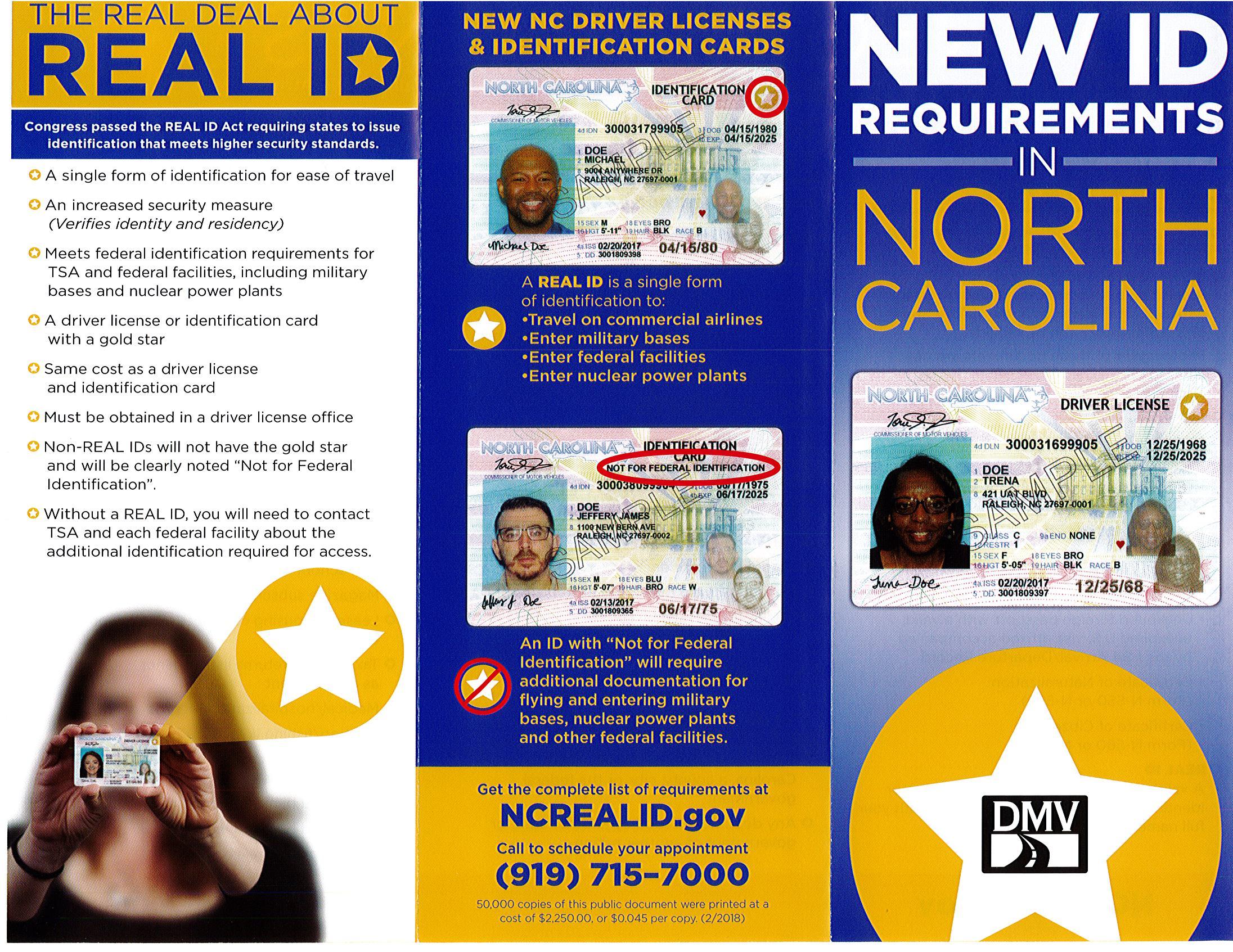Obtaining a North Carolina ID, also known as a non-driver identification card, involves a specific set of requirements and steps to ensure the applicant's identity and eligibility. Here is a detailed guide outlining the necessary steps and documents needed to obtain a North Carolina ID:
-
Residency and Eligibility: To apply for a North Carolina ID, you must be a resident of the state. This means you need to have a permanent address within North Carolina. Non-residents are not eligible for a North Carolina ID.
-
Visit a DMV Office: Locate a nearby North Carolina Department of Motor Vehicles (DMV) office. It's important to visit the office in person as applications for IDs cannot be completed online.
-
Proof of Identity: You must present a primary document that verifies your identity. This can be a certified copy of your birth certificate, a valid U.S. passport, or a permanent resident card. If you don't have any of these, the DMV may accept alternative forms of identification, but additional documentation may be required.
-
Social Security Number (SSN): Providing your Social Security Number (SSN) is a crucial step. You'll need to present your Social Security card or an official document that verifies your SSN. If you are not eligible for a SSN, the DMV will issue a unique identification number.
-
Proof of Residency: You must provide documents that confirm your North Carolina residency. This can include a utility bill, rental agreement, mortgage statement, or any official document showing your North Carolina address.
-
Proof of Legal Presence (if applicable): If you are not a U.S. citizen, you will need to provide documentation proving your legal presence in the country. This could be a valid visa, permanent resident card, or other relevant immigration documents.
-
Application Form: Fill out the application form for a North Carolina ID. These forms can be obtained at the DMV office or may be available for download on the official DMV website.
-
Pay the Fee: There is typically a fee associated with obtaining a North Carolina ID. The fee may vary, so it's important to check the current fee schedule.
-
Photograph and Signature: At the DMV office, your photograph will be taken, and your signature will be digitally recorded for the ID.
-
Receive Temporary ID: After completing the necessary paperwork and paying the fee, you will receive a temporary ID that you can use while waiting for the permanent one to arrive.
-
Receive Your Permanent ID: Your permanent North Carolina ID will be mailed to the address you provided. This process generally takes a few weeks.
-
Keep it Updated: Ensure that your North Carolina ID remains up to date. If you change your address or legal name, it's important to notify the DMV promptly.
Remember, the process may be subject to change, so it's advisable to check with the North Carolina DMV or their official website for any updates or specific requirements. Following these steps will help you obtain a North Carolina ID smoothly and efficiently.
For more information visit IDPAPA


